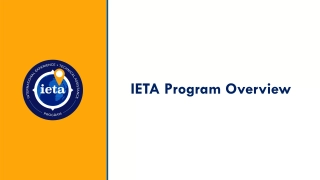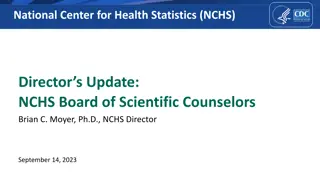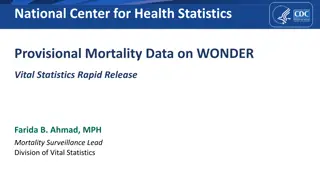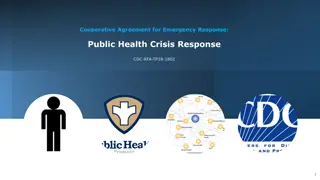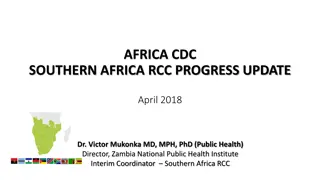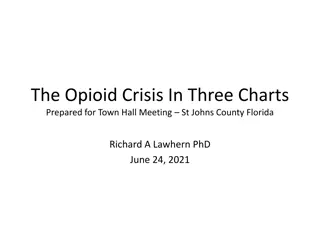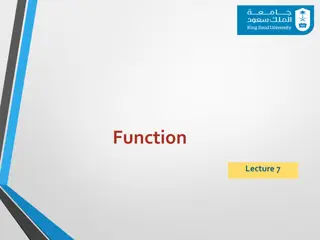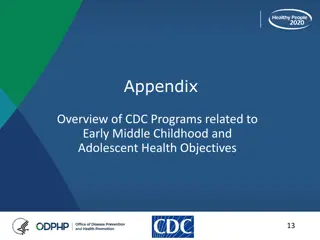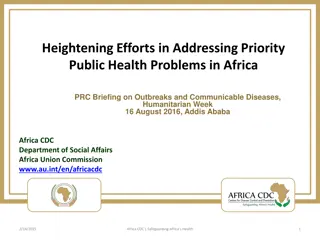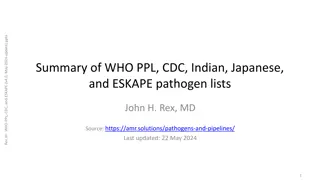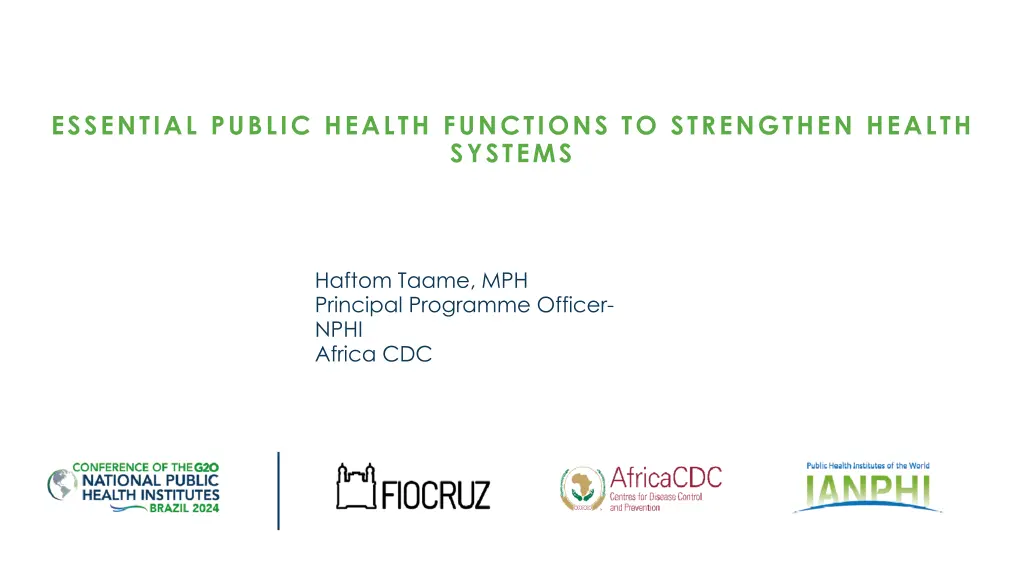
Strengthening Essential Public Health Functions
Explore the importance of Essential Public Health Functions (EPHFs) in strengthening health systems and building resilience. Learn how EPHFs enhance health-related goals and contribute to public health stewardship and accountability through the establishment of National Public Health Institutes (NPHIs).
Download Presentation

Please find below an Image/Link to download the presentation.
The content on the website is provided AS IS for your information and personal use only. It may not be sold, licensed, or shared on other websites without obtaining consent from the author. If you encounter any issues during the download, it is possible that the publisher has removed the file from their server.
You are allowed to download the files provided on this website for personal or commercial use, subject to the condition that they are used lawfully. All files are the property of their respective owners.
The content on the website is provided AS IS for your information and personal use only. It may not be sold, licensed, or shared on other websites without obtaining consent from the author.
E N D
Presentation Transcript
ESSENTIAL PUBLIC HEALTH FUNCTIONS TO STRENGTHEN HEALTH SYSTEMS Haftom Taame, MPH Principal Programme Officer- NPHI Africa CDC
Health System Strengthening Health System is an organizational structure comprising of organizations, institutions, people, resources and actions whose primary purpose is to improve, restore, or maintain health. Health System Strengthening is an array of initiatives, strategies, or activities that improves one or more of the core functions of the Health System Building Blocks. A well-functioning health system working in harmony is built on having trained and motivated health workers, a well-maintained infrastructure, and a reliable supply of medicines and technologies, backed by adequate funding, strong health plans and evidence-based policies. WHO When health system is strong, it is resilient under pressure and leads to greater health security. Source: Application of the essential public health functions: an integrated and comprehensive approach to public health. Geneva: World Health Organization; 2024. Licence: CC BY-NC-SA 3.0 IGO.
Unified List of Essential Public Health Functions Fundamental interdependent activities, both within and beyond the health sector, that are required to ensure comprehensive delivery of public health health decisions and policies. The resolution of World Health Assembly (WHA) 69.1 identified Essential Public Health Functions(EPHF) as the most cost- effective, comprehensive and sustainable way to enhance populations and individuals health and reduce the burden of diseases. Figure source: Yu Zhang, et al. Towards applying the essential public health functions for building health systems resilince: a renewed list and key enablers for operationalozation
EPHFs to build Health System Resilience Applying EPHFs supports to achieve health-related goals including universal health coverage, health security, and other health-related SDG goals. Health systems with strong primary health care at their core have lower health costs, better population health, higher patient satisfaction, fewer unnecessary hospital admissions and greater socioeconomic equity. Figure source: Yu Zhang, et al. Towards applying the essential public health functions for building health systems resilince: a renewed list and key enablers for operationalozation
EPHFs to build Health System Resilience To enhance public health with EPHFs, it's crucial to maintain strong, high-level political commitment. Incorporate EPHFs into health laws, health policies, strategies, and plans; allocating funding for EPHFs in multi-year budgets; Set up an institutional arangement to guide, coordinate, and oversee the implementation of EPHFs, among other measures. One of the institutional arrangements is establishing a National Public Health Institute (NPHI) Organizing public health leadership and expertise within an NPHI can support to improve the efficiency of the implementation of public health functions and improve public health stewardship and accountability. EPHFs provide guidance for defining the scope and functions of NPHIs
Subfunction 3.1: Advocating public health-oriented planning, policies and strategies Subfunction 3.2: Strengthening institutional public health structures for the coordination, integration and delivery of public health functions and services in the health and other sectors EPHF 3: Public Health Stewardship Subfunction 3.3: Developing, monitoring and evaluating public health regulations and laws that act as formal, regulatory, institutional frameworks for public health governance, functions and services Subfunction 3.4: Maintaining and applying public health ethics and values in governance
National Public Health Institutes are science-based autonomous government institutions established by a legal framework to coordinate and lead core public health functions at national level. 1. Population Health and Health-Related Indicators 2. Public Health Laboratory and Surveillance Systems, and Emergency Preparedness and Response 3. Disease Prevention and Health Promotion 4. Advocacy, Communication, and Social Mobilization 5. Policies and Plans that Support Individual and Community Health Efforts 6. Health Protection and Support for Regulation and Enforcement 7. Evaluation and Promotion of Equitable Access to Services 8. Public Health Workforce Development 9. Evaluation, Prevention, and Control of Public Health Issues in Clinical Settings 10.Research in Public Health Core Functions of NPHIs
Increase efficiency of outbreak detection and emergency response by bringing together similar functions into one organization and removing redundancy and organizational barriers Increase effectiveness by linking key components of public health functions Benefits of NPHIs Develop human and physical capacities Provide a coordination mechanism for collaborative projects focused on national priorities and to bring together stakeholders wishing to tackle multiple aspects of a public health problem Develop science based policies, monitoring and responding to changing patterns and determinants of health and disease
Incorporate EPHFs into health laws, health policies, strategies, and plans. Set up an institutional arangement to guide, coordinate, and oversee the implementation of EPHFs, among other measures. Key interventions for the G20 Ministers Working Group on Health to consider Advocate for sustained political commitment, increased funding, improved infrastructure, and resources to support the functions of NPHIs.

